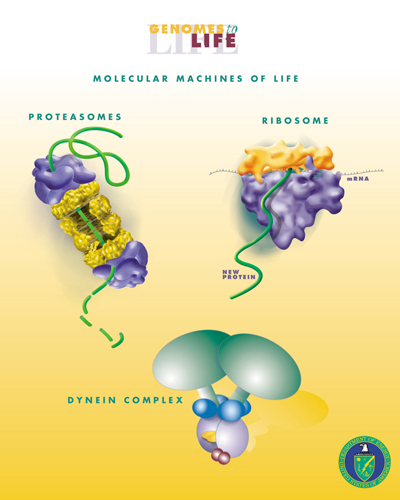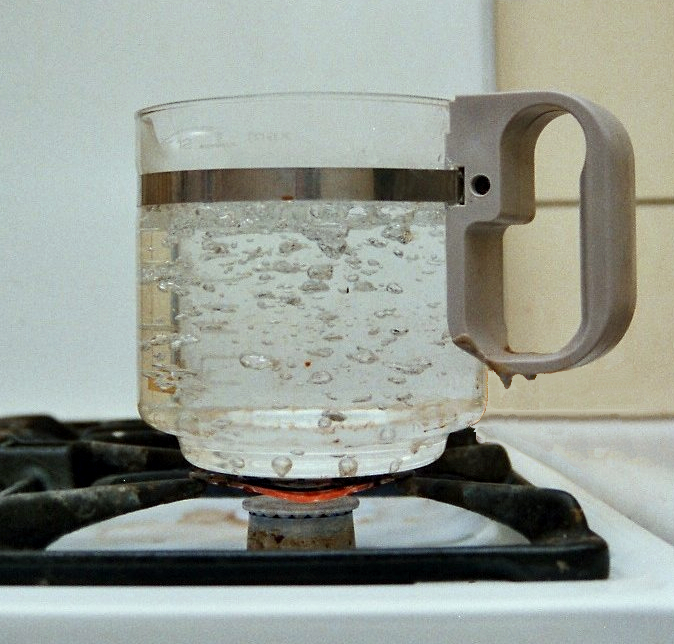|
Dongying Economic Development Zone
Dongying Economic Development Zone (DEDZ; ) is a provincial-level economic development zone in Dongying, Shandong, China, established in 1992. It covers an area of 65 square kilometres and is divided into "class-A" and "class-B" economic development zones. Class-A is used for machinery, electronics, new material and bioengineering, while Class-B is used for petrochemicals Petrochemicals (sometimes abbreviated as petchems) are the chemical products obtained from petroleum by refining. Some chemical compounds made from petroleum are also obtained from other fossil fuels, such as coal or natural gas, or renewable sou ..., chemicals and textiles. Accidents In late August 2015, three weeks after a similar blast in Tianjin, a large explosion rocked a facility run by the Shandong Binyuan Chemical Company. [...More Info...] [...Related Items...] OR: [Wikipedia] [Google] [Baidu] |
Provinces Of China
The provincial level administrative divisions () are the highest-level administrative divisions of China. There are 34 such divisions claimed by the People's Republic of China, classified as 23 provinces (), five autonomous regions, four municipalities and two special administrative regions. The political status of Taiwan Province along with a small fraction of Fujian Province remain in dispute; those are under separate rule by the Republic of China, which is usually referred to as "Taiwan". Every province on Mainland China (including the island province of Hainan) has a Chinese Communist Party (CCP) provincial committee (), headed by a secretary (). The Committee Secretary is effectively in charge of the province, rather than the governor of the provincial government. The same arrangement exists for the autonomous regions and municipalities. Types of provincial level divisions Province The government of each standard province () is nominally led by a provincial co ... [...More Info...] [...Related Items...] OR: [Wikipedia] [Google] [Baidu] |
Economic Development Zone
A special economic zone (SEZ) is an area in which the business and trade laws are different from the rest of the country. SEZs are located within a country's national borders, and their aims include increasing trade balance, employment, increased investment, job creation and effective administration. To encourage businesses to set up in the zone, financial policies are introduced. These policies typically encompass investing, taxation, trading, quotas, customs and labour regulations. Additionally, companies may be offered tax holidays, where upon establishing themselves in a zone, they are granted a period of lower taxation. The creation of special economic zones by the host country may be motivated by the desire to attract foreign direct investment (FDI). The benefits a company gains by being in a special economic zone may mean that it can produce and trade goods at a lower price, aimed at being globally competitive. In some countries, the zones have been criticized for bein ... [...More Info...] [...Related Items...] OR: [Wikipedia] [Google] [Baidu] |
Dongying
Dongying (), a prefecture-level city, lies on the northern (Bohai Sea) coast of Shandong province, People's Republic of China. As of the 2020 census, 2,193,518 people resided within its administrative area of and 1,188,656 in the built-up area made up of Dongying and Kenli districts. Dongying is home to the Shengli Oilfield which after the Daqing oilfield is the second largest oilfield in China. Administration The prefecture-level city of Dongying administers five county-level divisions, including three districts and two counties: * Dongying District () * Hekou District () * Kenli District () * Guangrao County () * Lijin County () These are further divided into 43 township-level divisions, including 23 towns, 13 townships and seven subdistricts. History The city was established in 1983, as a base for developing the Yellow River Delta and China's second largest oilfield, Shengli Field. The oilfield was discovered in 1964 near a small village called Dongying, which ... [...More Info...] [...Related Items...] OR: [Wikipedia] [Google] [Baidu] |
Machinery
A machine is a physical system using power to apply forces and control movement to perform an action. The term is commonly applied to artificial devices, such as those employing engines or motors, but also to natural biological macromolecules, such as molecular machines. Machines can be driven by animals and people, by natural forces such as wind and water, and by chemical, thermal, or electrical power, and include a system of mechanisms that shape the actuator input to achieve a specific application of output forces and movement. They can also include computers and sensors that monitor performance and plan movement, often called mechanical systems. Renaissance natural philosophers identified six simple machines which were the elementary devices that put a load into motion, and calculated the ratio of output force to input force, known today as mechanical advantage. Modern machines are complex systems that consist of structural elements, mechanisms and control compone ... [...More Info...] [...Related Items...] OR: [Wikipedia] [Google] [Baidu] |
Electronics
The field of electronics is a branch of physics and electrical engineering that deals with the emission, behaviour and effects of electrons using electronic devices. Electronics uses active devices to control electron flow by amplification and rectification, which distinguishes it from classical electrical engineering, which only uses passive effects such as resistance, capacitance and inductance to control electric current flow. Electronics has hugely influenced the development of modern society. The central driving force behind the entire electronics industry is the semiconductor industry sector, which has annual sales of over $481 billion as of 2018. The largest industry sector is e-commerce, which generated over $29 trillion in 2017. History and development Electronics has hugely influenced the development of modern society. The identification of the electron in 1897, along with the subsequent invention of the vacuum tube which could amplify and rectify small ele ... [...More Info...] [...Related Items...] OR: [Wikipedia] [Google] [Baidu] |
Bioengineering
Biological engineering or bioengineering is the application of principles of biology and the tools of engineering to create usable, tangible, economically-viable products. Biological engineering employs knowledge and expertise from a number of pure and applied sciences, such as mass and heat transfer, kinetics, biocatalysts, biomechanics, bioinformatics, separation and purification processes, bioreactor design, surface science, fluid mechanics, thermodynamics, and polymer science. It is used in the design of medical devices, diagnostic equipment, biocompatible materials, renewable energy, ecological engineering, agricultural engineering, process engineering and catalysis, and other areas that improve the living standards of societies. Examples of bioengineering research include bacteria engineered to produce chemicals, new medical imaging technology, portable and rapid disease diagnostic devices, prosthetics, biopharmaceuticals, and tissue-engineered organs. Bioengineering ... [...More Info...] [...Related Items...] OR: [Wikipedia] [Google] [Baidu] |
Petrochemicals
Petrochemicals (sometimes abbreviated as petchems) are the chemical products obtained from petroleum by refining. Some chemical compounds made from petroleum are also obtained from other fossil fuels, such as coal or natural gas, or renewable sources such as maize, palm fruit or sugar cane. The two most common petrochemical classes are olefins (including ethylene and propylene) and aromatics (including benzene, toluene and xylene isomers). Oil refineries produce olefins and aromatics by fluid catalytic cracking of petroleum fractions. Chemical plants produce olefins by steam cracking of natural gas liquids like ethane and propane. Aromatics are produced by catalytic reforming of naphtha. Olefins and aromatics are the building-blocks for a wide range of materials such as solvents, detergents, and adhesives. Olefins are the basis for polymers and oligomers used in plastics, resins, fibers, elastomers, lubricants, and gels. Global ethylene production was 190 million tonnes ... [...More Info...] [...Related Items...] OR: [Wikipedia] [Google] [Baidu] |
Chemicals
A chemical substance is a form of matter having constant chemical composition and characteristic properties. Some references add that chemical substance cannot be separated into its constituent elements by physical separation methods, i.e., without breaking chemical bonds. Chemical substances can be simple substances (substances consisting of a single chemical element), chemical compounds, or alloys. Chemical substances are often called 'pure' to set them apart from mixtures. A common example of a chemical substance is pure water; it has the same properties and the same ratio of hydrogen to oxygen whether it is isolated from a river or made in a laboratory. Other chemical substances commonly encountered in pure form are diamond (carbon), gold, table salt (sodium chloride) and refined sugar (sucrose). However, in practice, no substance is entirely pure, and chemical purity is specified according to the intended use of the chemical. Chemical substances exist as solids, liquids ... [...More Info...] [...Related Items...] OR: [Wikipedia] [Google] [Baidu] |
2015 Tianjin Explosions
On 12 August 2015, a series of explosions at the Port of Tianjin in Tianjin, northern China, killed 173 people, according to official reports, and injured hundreds of others. The explosions occurred at a container storage station in the Binhai New Area of Tianjin, China. The first two explosions occurred 33 seconds apart. The second explosion was far larger and involved the detonation of about 800 tonnes of ammonium nitrate (approx. 256 tonnes TNT equivalent). Fires caused by the initial explosions continued to burn uncontrolled throughout the weekend, resulting in eight additional explosions on 15 August. The cause of the explosions was not immediately known, but an investigation concluded in February 2016 that an overheated container of dry nitrocellulose was the cause of the initial explosion. The official casualty report was 173 deaths, 8 missing, and 798 non-fatal injuries. Of the 173 fatalities, 104 were firefighters. Background Tianjin Dongjiang Port Ruihai Inter ... [...More Info...] [...Related Items...] OR: [Wikipedia] [Google] [Baidu] |
1992 Establishments In China
Year 199 ( CXCIX) was a common year starting on Monday (link will display the full calendar) of the Julian calendar. At the time, it was sometimes known as year 952 ''Ab urbe condita''. The denomination 199 for this year has been used since the early medieval period, when the Anno Domini calendar era became the prevalent method in Europe for naming years. Events By place Roman Empire * Mesopotamia is partitioned into two Roman provinces divided by the Euphrates, Mesopotamia and Osroene. * Emperor Septimius Severus lays siege to the city-state Hatra in Central-Mesopotamia, but fails to capture the city despite breaching the walls. * Two new legions, I Parthica and III Parthica, are formed as a permanent garrison. China * Battle of Yijing: Chinese warlord Yuan Shao defeats Gongsun Zan. Korea * Geodeung succeeds Suro of Geumgwan Gaya, as king of the Korean kingdom of Gaya (traditional date). By topic Religion * Pope Zephyrinus succeeds Pope Victor I, as ... [...More Info...] [...Related Items...] OR: [Wikipedia] [Google] [Baidu] |





